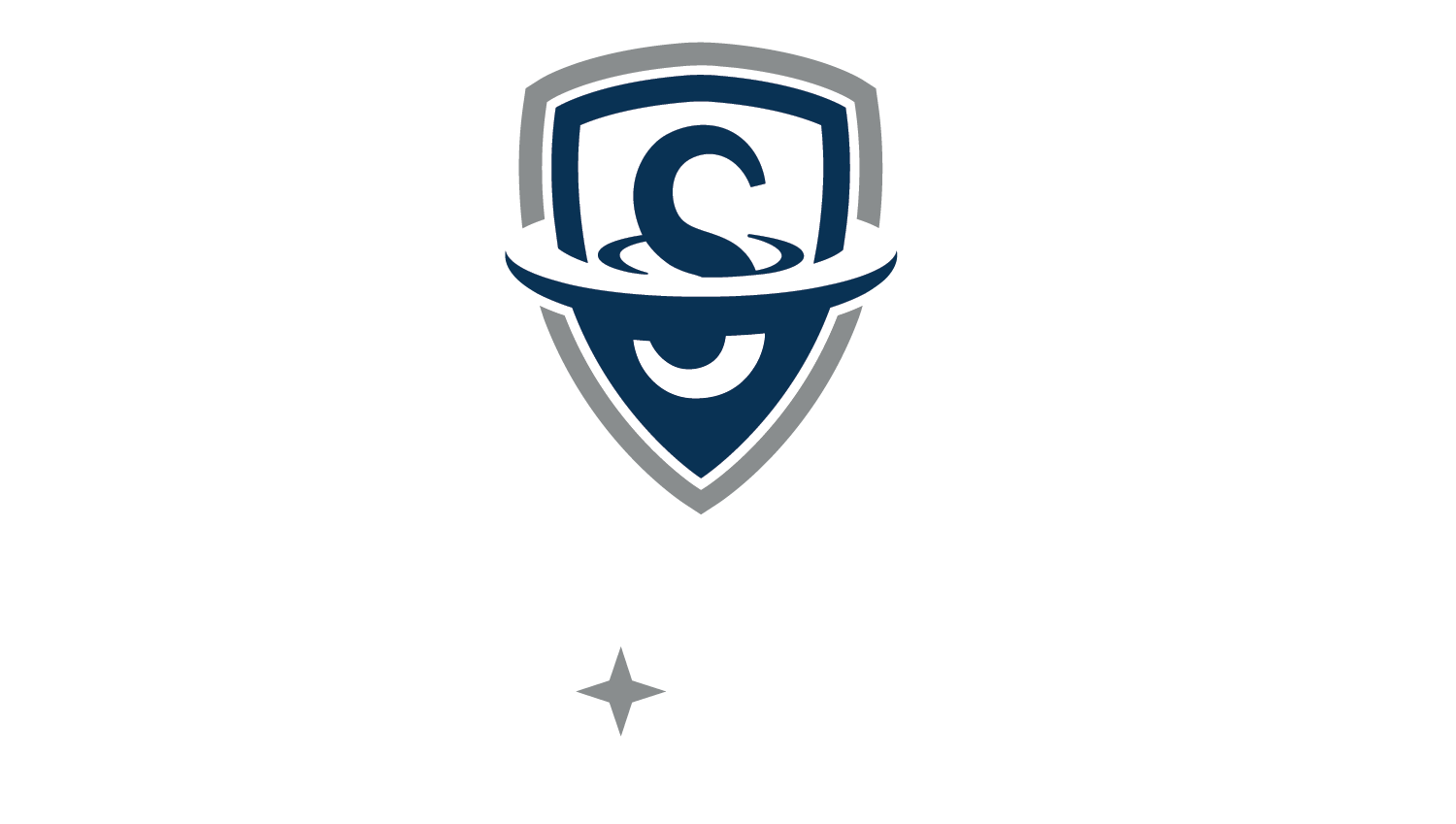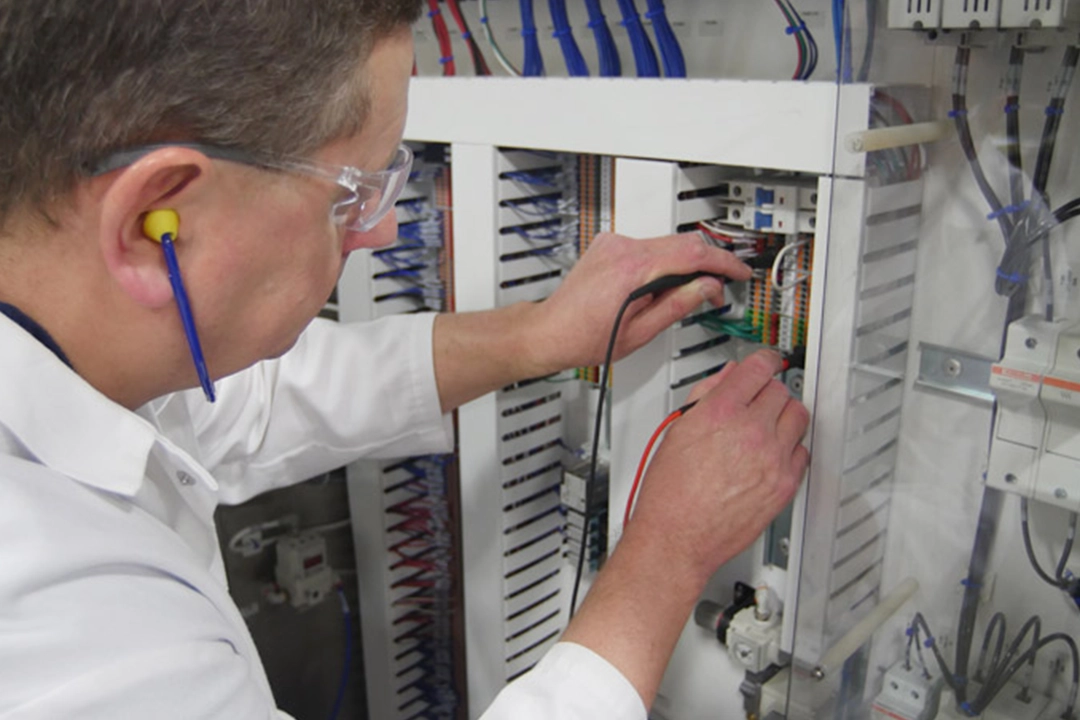Following the purchase and installation of a Sani-Matic cleaning and sanitation system, the company’s Start-up Services give customers confidence that their system will operate as it was designed to.
Many customers see great value in the company’s flexibility and ability to provide solutions to a sometimes complex and customized start-up procedure, according to John Leach, technical services supervisor at the company.
“A start-up is a collaborative effort. We get on-site, shake hands, roll up our sleeves and work through the steps. There is great value in working closely with our customers during this process.” Leach said.
“There isn’t a standard template to follow for start-ups,” Leach explained. “We aren’t going in blind, but there are a lot of factors that come into play once we are on-site. The biggest difference between the Sani-Matic Factory Acceptance Test and on-site operations usually falls within the local utilities to which the customer is connected.”
Given that each process is unique, the length of time it takes to complete a start-up can vary—from two weeks to as many as 12 weeks, Leach added. “In many cases, we take a segmented approach due to customer construction schedules or the availability of other software integrators if needed, etc.”
So what are the advantages of Sani-Matic Start-up Services?
Testing to the Limitation of Design to Ensure Proper Cleaning and Sanitation
The Sani-Matic Start-up Services for pharmaceutical companies often transition into assisting customers with the execution of the validation protocol. When assisting a pharmaceutical manufacturer with validation, the equipment is tested within the limitation of its design to ensure that all the process parts and equipment are being cleaned as intended. Sani-Matic’s understanding of this requirement allows its service members to bring a high level of detail to every start-up, regardless of the industry.
Leach explains, “Our designs are heavy on liquid flow, pressure/hydraulics and heating. So, if we don’t have the flow and pressure needed, or if we’re not heating, not adding the correct amount of chemical concentration, or adding the wrong chemical, the equipment in the field isn’t going to get clean. Our team works diligently to make sure we meet or exceed the design specs within 10% during the start-up process.”
Shaking Hands and Making Recipes
Another critical step in the start-up process is recipe development within a system’s program. Sani-Matic’s skilled technical service representatives need to address unique on-the-spot challenges to accommodate utility limitations, new applications and software integration requirements by developing new or adjusting current recipes.
“These aren’t canned recipes,” Leach said. “At least 50% of the time, we are developing new recipes on-site above and beyond the system’s original plan and providing additional training for the administrators.”
A complication some companies face during a start-up is ensuring the Sani-Matic cleaning and sanitation equipment communicates with the customer’s other process systems.
“It’s important to make sure the systems are talking to each other, also known as hand-shaking,” Leach explained. “Customers aren’t happy if they need to discard a current batch because the system prematurely started cleaning a filler with product still in it.”
This can get very technically involved and may require additional collaboration with a system integrator. Sani-Matic’s start-up technicians work quickly to identify these challenges and work with customers to keep the start-up process moving smoothly.
Flexibility is Key – We’re Ready for Anything
Most start-ups are scheduled two weeks in advance, but there are instances for both field service and start-ups when customers need help immediately. Sani-Matic has a team of about eight traveling service technicians with a ‘do-what-it-takes’ attitude to meet customer’s needs. They spend anywhere from 60-90% of their time on the road.
“If we get a call on a Friday, we try to have our people travel Sunday or early Monday morning to be on-site first thing on Monday,” Leach said.
Additional flexibility lies within the Sani-Matic non-proprietary software and templates used in all its systems.
Although the software that drives Sani-Matic’s cleaning and sanitation equipment is similar to other systems, what sets Sani-Matic apart is how it is applied.
“We like to set things up on the front end so that our customers’ engineers and administrators can do as much as possible without us,” said Leach. “And when the customer does need assistance, our service techs can jump in without a hitch.”
This flexibility, and the company’s years of experience in both food and beverage and bio-pharm industries, means Sani-Matic’s service technicians can come in from anywhere, go anywhere and hit the ground running.


